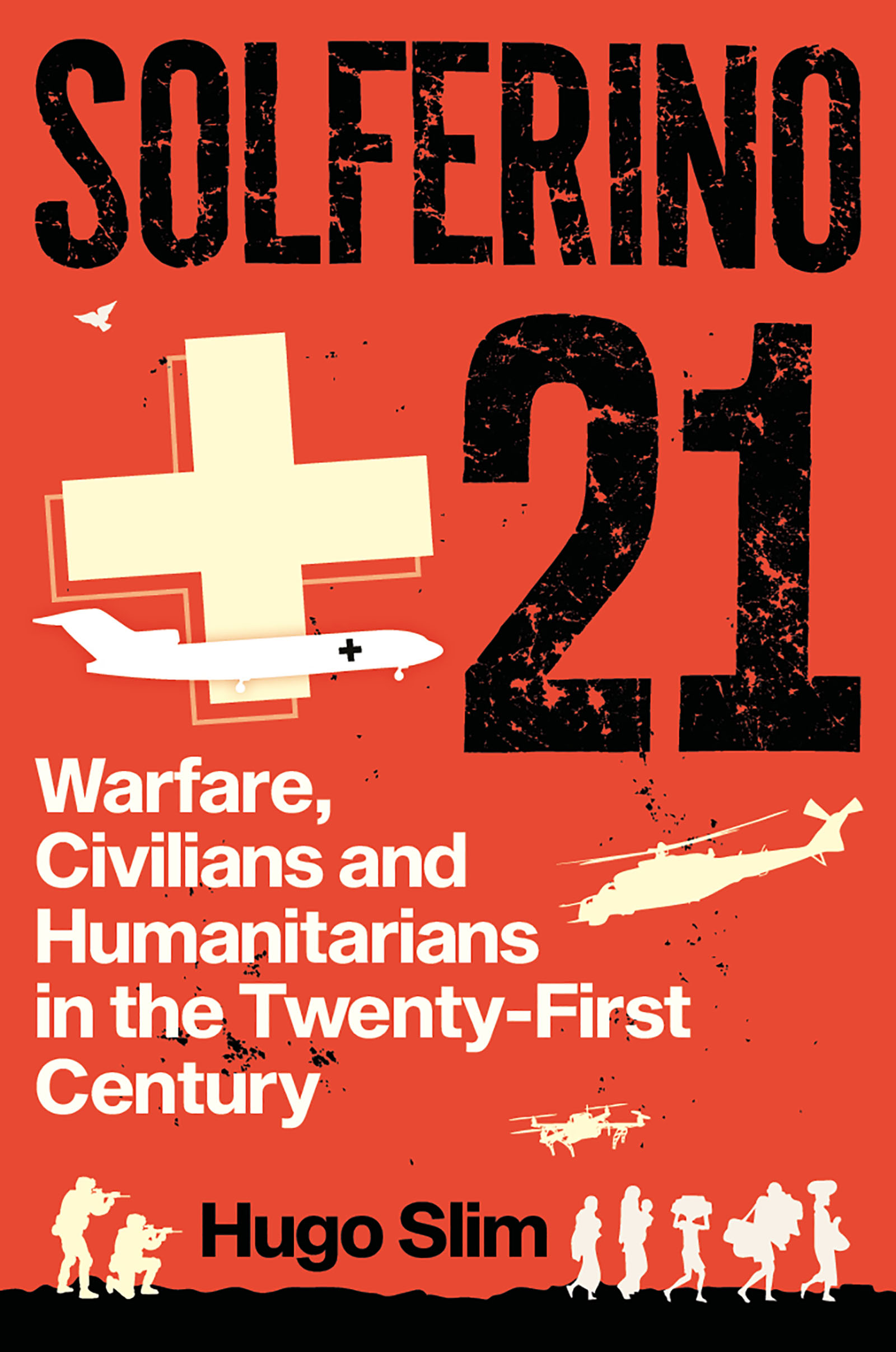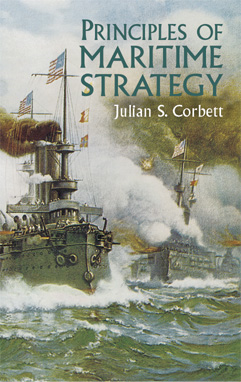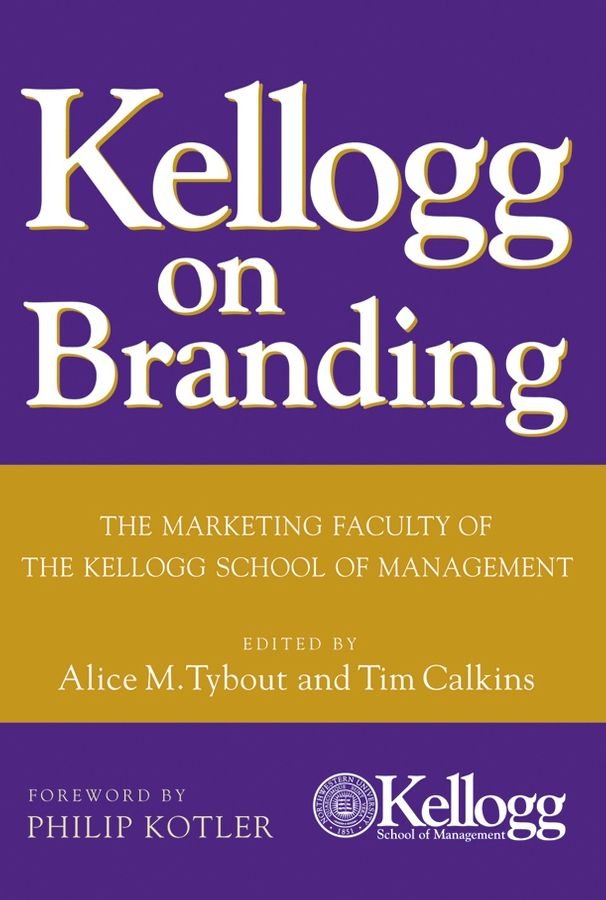War is at a tipping point: we’re passing from the age ofindustrial warfare to a new era of computerised warfare, and a renewed risk ofgreat-power conflict. Humanitarian response is also evolving fast–‘big aid’demands more and more money, while aid workers try to digitalise, preparing tomeet ever-broader needs in the long, big wars and climate crisis of the future. This book draws on the founding moment of the modern RedCross movement–the 1859 Battle of Solferino, a moment of great change in thenature of conflict–to track the big shifts already underway, and still tocome, in the wars and war aid of our century. Hugo Slim first surveys thecurrent landscape: the tech, politics, law and strategy of warfare, and thelong-term transformations ahead as conflict goes digital. He then explains howcivilians both suffer and survive in today’s wars, and how their world ischanging. Finally, he critiques today’s humanitarian system, citing thechallenges of the 2020s. Inspired by Henri Dunant’s seminal humanitarian text,Solferino 21 alerts policymakers to the coming shakeup of the military and aidprofessions, illuminating key priorities for the new century. Humanitarians, hewarns, must adapt or fail.












